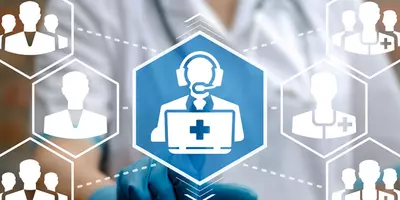
Oct 26, 2017 ● Kate Lopaze
How to become a medical receptionist
Careers in healthcare are booming right now. With significant advances in technology changing the game and an ever-larger population in need of healthcare services, it’s one of the biggest growth industries for the foreseeable future. But what if you’re not as interested in the hands-on medical end of things, or your skills are more administrative in nature? Becoming a medical receptionist could be the right path for you, with the best of both worlds.
What does a medical receptionist do?
Medical receptionists have many of the same duties as receptionists in other industries, but with a healthcare twist—managing patient records, taking initial medical information when a patient comes in, and managing day-to-day tasks for a medical office. A medical receptionist’s responsibilities may include the following:- Answering phones and greeting patients in the office
- Taking preliminary patient information, including medical and billing data
- Answering questions for patients and visitors
- Communicating with patients and medical staff
- Helping to manage patient flow by communicating delays to patients, and announcing patient arrivals to the medical staff
- Managing patient details and records in accordance with patient confidentiality laws
- Monitoring and stocking medical office supplies
- Maintaining the waiting room or other public areas

